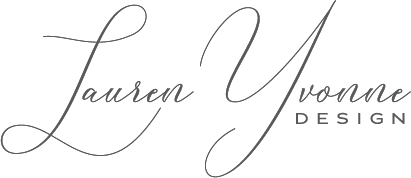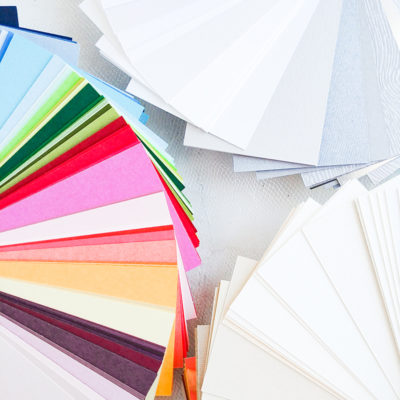CHOOSING PAPER FOR YOUR WEDDING INVITATIONS
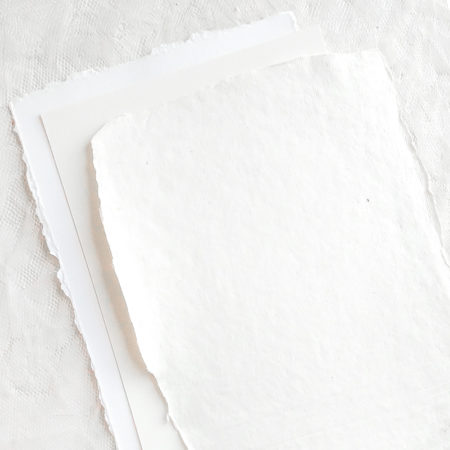
There are a ton of paper options out there for you to choose from when it comes to printing your wedding invitations. Standard cover stock, cotton, and handmade are the three paper types that pop up time and time again…but what do they actually mean? Well, I’m going to tell you! Choosing paper for your invitations shouldn’t be difficult and there is a lot to swim through. If you’re like me, you want to know what all of these paper types are and how they relate to your wedding invitations, and that’s great! Knowledge is power, right? I am going to keep this as basic as possible since there are variables. I want to give you a place to start so that when you sit down with your stationer, you’ll have a working knowledge of what they’re talking about. (Note: throughout this post you may see an asterisk (*) preceding a term. Fear not!, this just means that I have additional information about this subject at the bottom of my post.)
THE THREE MAIN TYPES OF PAPER I USE IN MY STUDIO
STANDARD COVER STOCK:
Standard *cover stock is the most economical of the three paper types I use in my studio. It’s *FSC Certified paper and comes in a large selection of whites, ivories, creams, grays and other neutrals. The surface has a smooth matte finish and comes in a 100# or 110# (approx 270-300 *gsm) cover weight which is about the same as the thickness of a high quality business card. It works well with digital (also known as “flat”) color printing and comes in a large selection of whites, ivories, grays, and other neutrals. Many standard stocks also have a selection of surface textures available like eggshell, linen, felt and vellum (not the same as the translucent vellum used for wraps and overlays). They are a nice addition to your invitation suite and add a subtle tactile element if you don’t like the usual smooth surface. Choose standard paper for your wedding invitations if you are working around a tight budget and want consistency in print quality.
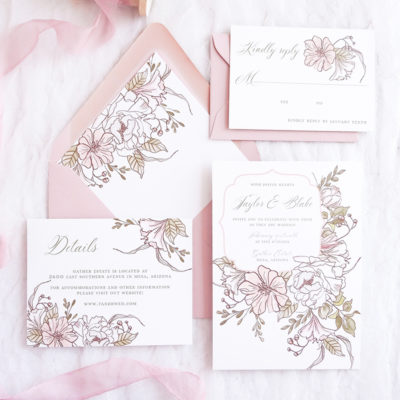
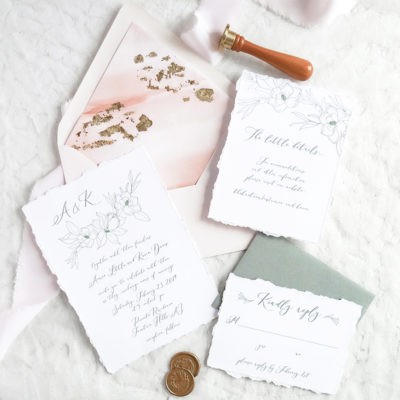
COTTON COVER STOCK:
If you’ve been following me on Instagram for a while, you probably know by now that cotton is MY FAVORITE PAPER TO WORK WITH. I can’t sing enough praises for 100% cotton paper and how gorgeous your invitations will look printed on it!! Budget-wise, this tree-free paper is a bit more of a luxury but well worth the extra cost if you love a subtle texture (like hot press watercolor paper) and an amazing feel in your hands. It’s perfect for hand-torn (deckled) edges and a favorite for letterpress and foil printing. Watercolor illustrations look amazing printed on cotton, almost as beautiful as the original. While the color selection of cotton is far more limited than standard, it’s still a great option. Choose 100% cotton paper if you want to add that “something extra” to your wedding invitations. You won’t be disappointed.
HANDMADE PAPER:
Do you LOVE the look of handmade paper? I do! Over the last several years it has gained in popularity and I don’t see it going away any time soon. How would I describe handmade paper? It’s cotton’s gorgeously quirky cousin who isn’t afraid to be all she can be. She wears her imperfections on her sleeve and comes in a rainbow of amazing textures and colors. These characteristics are part of the paper making process and will vary from one paper maker to the other. They are what makes this paper so special and why no two papers are alike. The colors are usually soft, muted tones and variations should be expected since the materials used to make handmade paper are often recycled paper scraps and trimmings. Some paper artists use recycled cotton fabric and I’ve even seen dried flowers and seeds used in the most beautiful ways. If you are looking into handmade paper for your wedding invitations I highly recommend you hire a stationery designer who works with it on a regular basis. They will be able to get the job done and you won’t have to worry about wasting hours trying to figure out how to actually get the sheets to print straight and on center. Printing on handmade paper should be left to the professional who has perfected the process. The best print processes for handmade paper are letterpress and foil. Some printers are able to digitally print on handmade paper but finding one is not always an easy task. Choosing this paper for your wedding invitations is an investment. Pricing can vary quite a bit and is based on the paper supplier and print process chosen. Handmade paper is considered a luxury item. If it fits into your budget, and you love it, go for it.
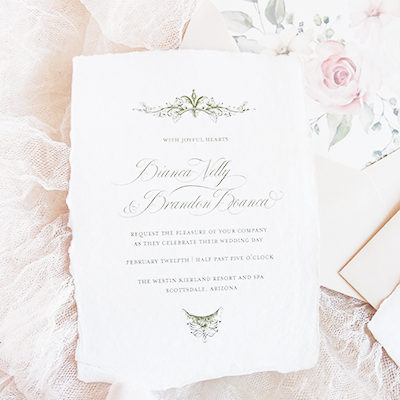
HONORABLE MENTION…ALL THE PRETTY COLORS AND TEXTURES:
The last type of papers I want to quickly mention are colored and textured cover stocks. These can add another level to your invitation design and shouldn’t be overlooked. One of my favorite ways to inject color into an invitation suite is to use colored cover stock. I have access to over 250 colors and so many textures like wood, stipple, and animal skin. Check them out if you really want to make your invitations stand out.
*HELPFUL LINKS and OTHER INFO:
